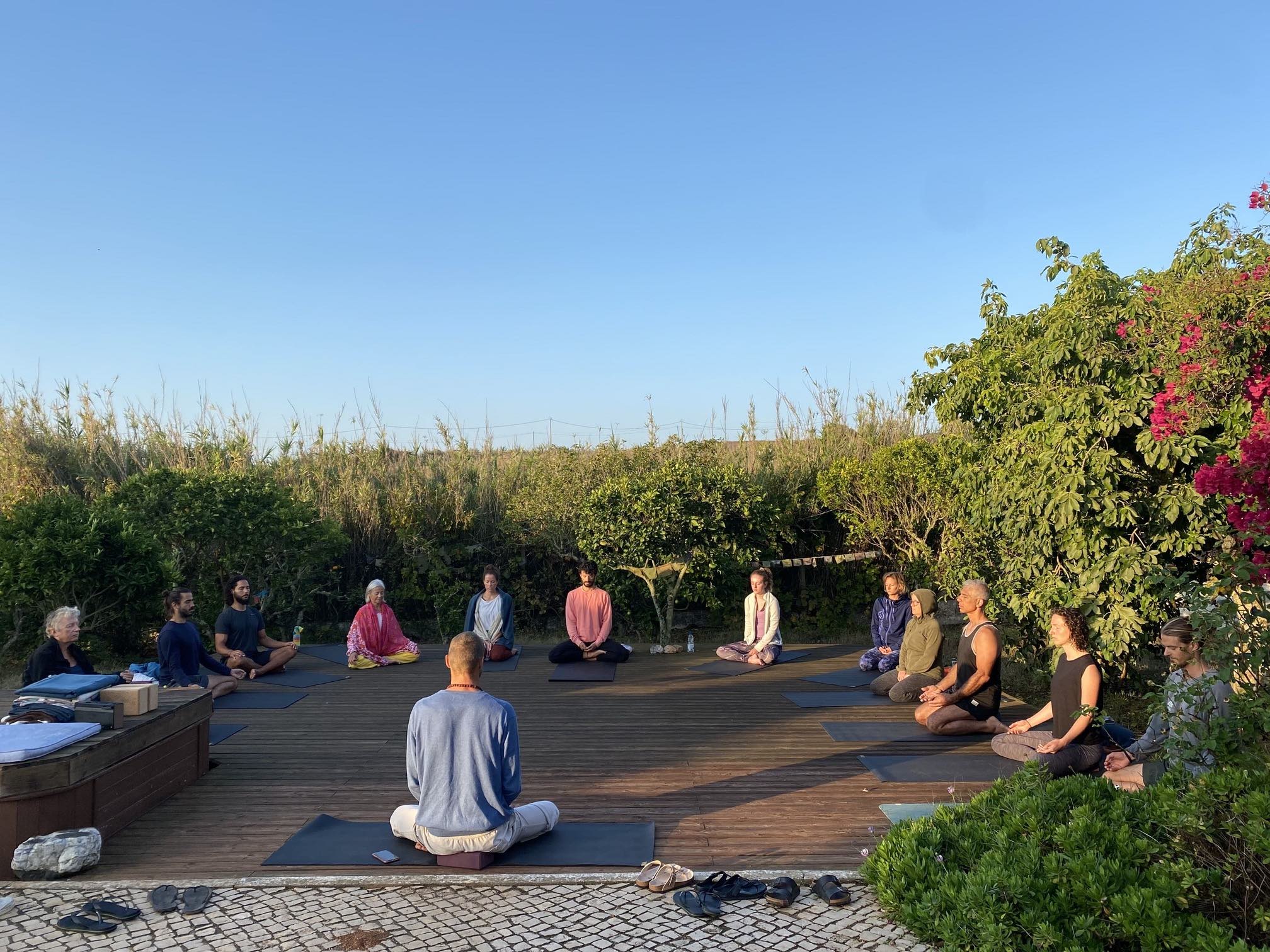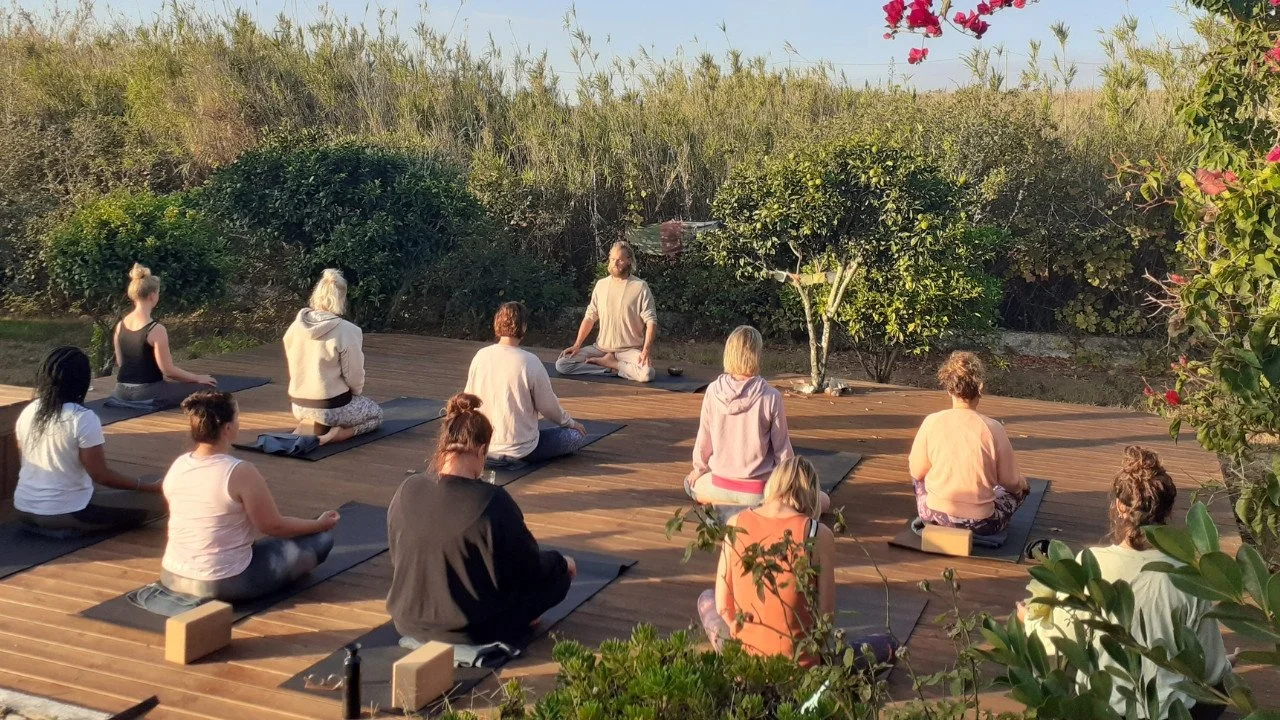Navigating Anxiety in a Modern World with Breathwork
In a world characterized by constant stimulation and escalating demands, anxiety has woven itself into the fabric of daily life for countless individuals. Amid this tumultuous landscape, a time-tested practice emerges as a beacon of hope—breathwork. Join us on an immersive journey through the scientific foundations of breathwork as a potent antidote to anxiety. In this comprehensive exploration, we will uncover the intricate ways in which conscious breathing, grounded in scientific understanding, can reshape both our physiological and psychological responses to stress.
Deciphering Anxiety: Unveiling the Mind-Body Symphony with Breathwork Exercises
Anxiety is a nuanced interplay between psychological and physiological processes, often stemming from our body’s primal “fight or flight” response to perceived threats. Nestled within the amygdala, the brain’s emotional epicenter, anxiety can trigger hyperactivity. This overstimulation of the amygdala results in heightened vigilance and reactivity, even when danger is absent. Amidst this complex interplay, the search for a tool capable of restoring equilibrium takes center stage.
The Vagus Nerve: Bridging Breath and Stillness
As a pivotal component of the parasympathetic nervous system, the vagus nerve serves as a bridge connecting breath and serenity. Renowned as the “rest and digest” system, the parasympathetic nervous system counterbalances the effects of the sympathetic nervous system, orchestrating the “fight or flight” response. Activation of the vagus nerve sets in motion a symphony of relaxation responses within the body, effectively counteracting anxiety and stress.
Breathwork and the Vagus Nerve: A Dance of Neurological Harmony
Scientific exploration has unveiled the profound relationship between breathwork and the vagus nerve. Deliberate, deep breathing triggers the vagus nerve, leading to an increased release of acetylcholine—an influential neurotransmitter promoting relaxation. This biological response orchestrates a shift from heightened alertness to a realm of serene tranquility.
GABA: The Neurotransmitter of Calm
Gamma-aminobutyric acid, or GABA, stands as a crucial neurotransmitter in moderating neuronal excitability across the nervous system. In individuals wrestling with anxiety disorders, GABA levels often fall, contributing to heightened unease. However, breathwork holds the promise of elevating GABA levels, nurturing a sense of tranquility and effectively reducing anxiety.
Mindful Breathing’s Impact on Brain Architecture
Breathwork’s influence isn’t confined to neurotransmitters; it extends to shaping the very structure and function of the brain. Intentional breathing strengthens connectivity between the prefrontal cortex—the locus of rational thinking—and the amygdala, the emotional core. This heightened connectivity empowers us to exert amplified control over our emotional responses, enabling us to confront stressors with heightened clarity and equanimity.
Effective Breathwork Techniques for Anxious Minds and Breathwork Benefits
-
Diaphragmatic Breathing: A measured practice encompassing deliberate, unhurried breaths engaging the diaphragm. This communicates to the brain a lack of imminent danger, soothing anxiety-induced reactions.
-
Box Breathing: Inhale for four counts, hold for four, exhale for four, and hold for four. This technique sharpens focus and diminishes anxiety.
-
4-7-8 Breathing: Inhale for four counts, hold for seven, exhale for eight. This breathing rhythm slows the heart rate and stimulates the parasympathetic nervous system, fostering relaxation.
Integrating Breathwork into Daily Rituals for Breathwork Benefits
-
Begin your journey with brief breathwork sessions, gradually extending them as comfort evolves.
-
Choose a serene sanctuary conducive to unwavering focus on your breath.
-
Weave breathwork into moments of anxiety, transforming it into a steadfast tool for regaining equilibrium and mental clarity.
Crafting Calmness Through the Breath Practice
The scientific exploration of breathwork for anxiety uncovers a profound nexus of the mind and body. By tapping into the intricate dance of the vagus nerve, neurotransmitters, and brain regions, breathwork emerges as a potent route to recalibrating our responses to stress and anxiety. Beyond merely alleviating symptoms, breathwork ventures to address the core of anxious sensations. As we immerse ourselves in conscious breathing, we invite a deep connection with our inner selves, cultivating a sanctuary of tranquility that reverberates profoundly. Breathwork doesn’t merely offer an escape—it offers a journey, a journey towards serenity amid the most tumultuous of moments. In each intentional breath, we discover that calmness is not an unattainable distant shore; it’s a skill to be honed within, a skill that transforms every inhale and exhale into a path to equilibrium and well-being.
It’s worth noting that meditation, a kindred practice to breathwork, serves to deepen the voyage towards tranquility. Meditation encourages mindfulness—a state of present-moment awareness—that beautifully complements the impact of breathwork on the vagus nerve and brain connectivity. The integration of breath and meditation magnifies the realm of relaxation, thereby amplifying the relief from anxiety. As you navigate the realms of breathwork for anxiety relief, consider how the parallel practice of meditation can intertwine with conscious breathing, forming a potent symphony of inner calm.







